Lighting is a double-edged sword in fishing, which makes fishing friends both love and hate.
Fishing friends who like to use fishing lights have always been troubled by the low brightness and short battery life of fishing lights. This embarrassing situation has been greatly improved with the emergence of black pit cannon lights and mobile power supplies. However, more and more fishing friends have begun to find that the use of cannon lights will be affected by many factors such as fish species, individual size, and density. The effect is not obvious when used outside the big gun pond, and sometimes it may even be counterproductive. Effect. Compared with Heikeng Dabaotang fishermen who rely heavily on fishing lights, many fishermen who like to watch big fish at night are resistant to lights. In their eyes, electronic drift and fluorescent sticks are the ultimate weapons for catching big fish.
The same is the use of lights, why are there two completely different sounds? What role does light play in fishing?
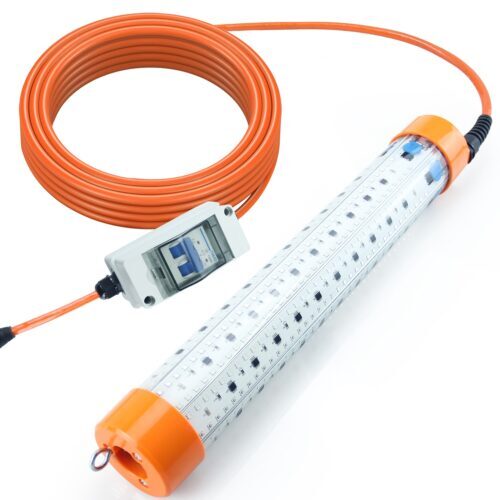
The Misleading Ideas About underwater fishing lights
Fishing lights were first used for fishing, mainly for the needs of watching drift and operating lighting. With the rise of Heikeng Big Cannon Pond, the research and use of fishing lights in the fishing circle has reached an unprecedented height, and various publicity about the brightness, color, and utility of lights are rampant. Among them, the most confusing ones are mainly as follows: View:
The first one: the light can achieve a good effect of attracting underwater fishing lights
This point of view stems from the research on the phototaxis of fish and the resulting marine night light fishing technology. Many people think that since fish can be attracted by lights in the sea, it is also possible when fishing. Unfortunately, there is a misunderstanding in this view. Ocean light fishing has several distinctive features: first, it is effective for fish species with group activities such as mackerel, blue round squid, and squid; second, it is effective for fish of a specific individual size, especially small fish; third, light fishing is effective. There is a distinction between water lights and underwater lights, and there are strict regulations on the arrangement and use of lights. Simple fishing lights cannot achieve the effect of light trapping lights.
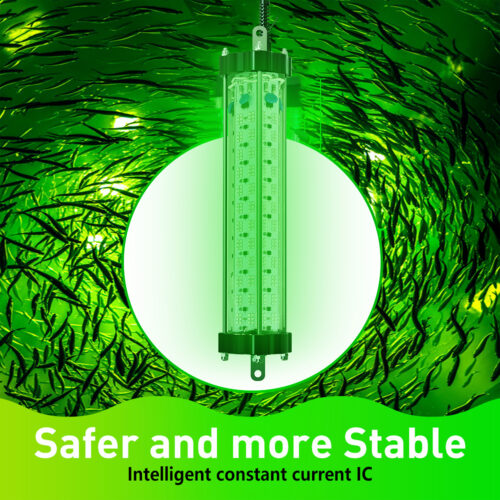
In the article “The Effect of Fish Sensory Functions on Feeding Behavior”, we introduced that vision plays a leading role in fish feeding at close range. In view of this, many people think that if fishing at night can create In a bright environment, the fishing effect will be greatly improved. This kind of view is somewhat confusing, but it is not known that it has made a common-sense mistake-the law of fish’s day and night activities was formed during the long process of biological evolution, and it is most suitable for their behavioral law. Once this law is formed, It will not easily change with changes in external factors. Taking feeding as an example, under the succession of sensory functions such as smell, taste, touch, etc., it is not difficult for fish to eat at night. Using artificial light to change the habit of fish eating at night may be beneficial to some specific fish species. It has a certain effect, but the effect is not obvious for most fish species, and sometimes it may even produce adverse effects.
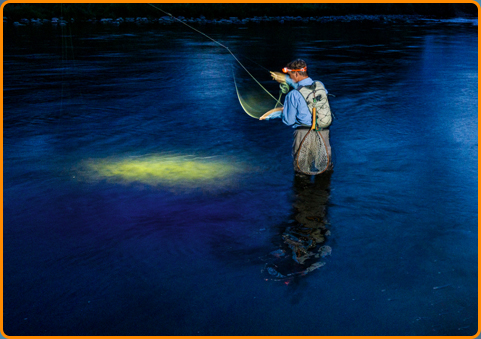
The second type: the brighter the underwater fishing lights, the better
This point of view is actually an extension of the first point of view. From the perspective of drifting, this view is correct, but from the perspective of feeding, too high brightness may have the opposite effect. The reason for this is that, firstly, different fish species have different phototaxis characteristics, and have different adaptability to light of different brightness, and the brighter the better; secondly, the fishing light is used as a spotlight source, with concentrated light and small spots , and the light of the sun and even the moon, especially the scattering and diffusion characteristics of the light are obviously different, so it is difficult to achieve the effect of natural light.
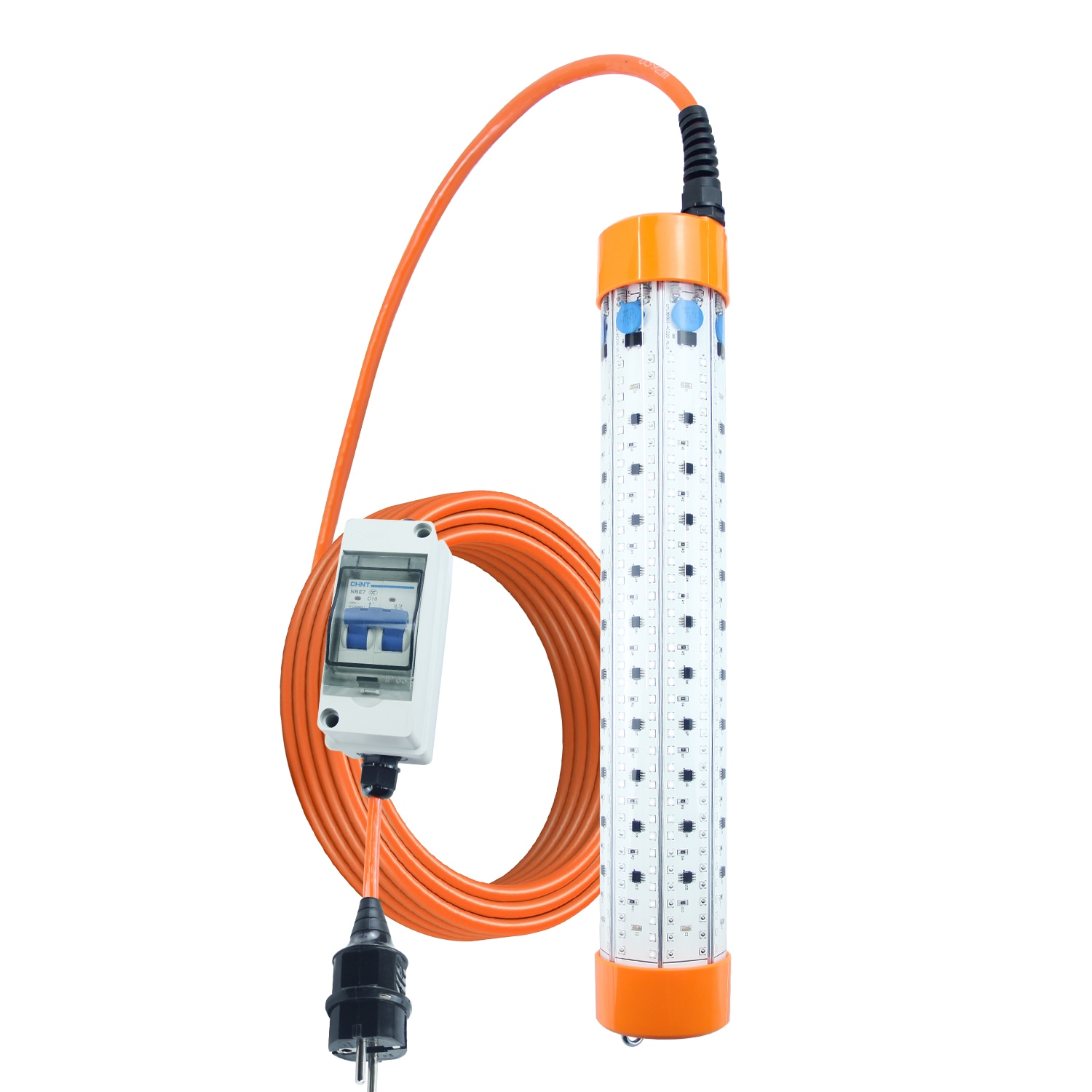
The third type: the green light has the least impact on fishing
Different from the idea of fishing friends in Da Pao Pond trying to lure fish through lights, many fishermen who play leisure and wild fishing, especially those who like to fish big things, focus on how to use lights to minimize the impact of lights on fishing. Impact. In their view, the use of lights is against the natural habits of fish. Excessively bright lights, adjustment of the irradiation angle, and frequent switching of fishing lights will all have a negative impact on fishing. Among all the research topics, the research on light color is the most in-depth, and it is also the most concerned by fishing friends. Because of this, the green light has begun to go to the altar.
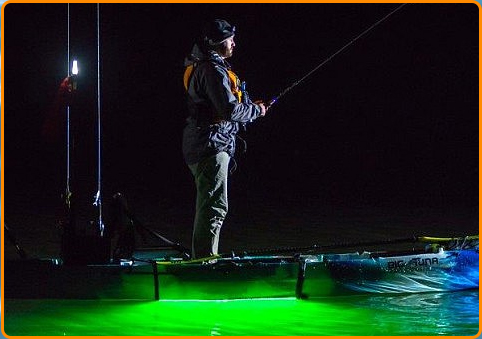
Phototaxis of fish:
When fishing for different fish species, we have differences in the choice of light brightness and color. As mentioned above, high-brightness cannon lights can be used to fish certain fish species, while electronic drift or fluorescent sticks can only be used to fish certain fish species. All of this is related to the phototaxis of fish.
Positive and negative phototaxis
The phototaxis of fish refers to the movement characteristics of fish under the stimulation of light. The movement toward the light source is positive phototaxis, and the movement away from the light source is negative phototaxis (also called phototropism and backlight). In short, That is, fish with positive phototaxis like light, and fish with negative phototaxis hate light.
The research on the phototaxis of fish can be divided into two categories: natural light (such as sunlight and moonlight) and artificial light source. Fish’s likes and dislikes of artificial light source are most closely related to fishing. Even for fish species with positive phototaxis, when faced with different light intensities and colors of light sources, their responses will be different, and they will show gradual changes. Under normal circumstances, when stimulated by light, the fish’s response will be divided into three stages:
In the first stage, the fish are attracted by the light and actively swim to the vicinity of the light source;
In the second stage, fish stay and move in the light source area;
In the third stage, the light source area is freed due to discomfort caused by light intensity, irradiation time, and light source color.
Phototaxis characteristics of different fish species
Under natural conditions, the types of light that mainly affect fish feeding behavior are sunlight and moonlight. The appearance of sunlight and moonlight has relatively strong regularity. Under the long-term influence of these laws, different fish species will form different phototaxis characteristics. For example, small fish grow rapidly under sufficient light conditions; A large amount of food is eaten, and the food intake drops sharply at night, or even stops eating; some deep-water fish species or nocturnal fish species are basically in a dormant state of feeding during the day, and gradually become active at night, etc. According to different phototaxis characteristics and active periods, freshwater fish species can be divided into three categories: diurnal, evening and nocturnal fish species.

Pseudophototaxis
The above divisions of fish phototaxis are not static. The same fish species generally exhibit strong positive phototaxis in the juvenile or juvenile stage. On the contrary, when entering the adult stage, the positive phototaxis characteristics of the fish will be weakened, and even show a certain degree of negative phototaxis. Phototaxis characteristics. Under the condition of extreme hunger, due to the needs of survival, some fish species with weak phototaxis or even negative phototaxis will also show some activity characteristics similar to those of positive phototaxis fish species under the irradiation of artificial light. In the black pit, it is even possible to form a conditioned reflex that uses light as a signal for the appearance of food (such as the big gun pond for crucian carp in the black pit).
In addition to the reasons of the fish itself, certain objective factors such as water temperature, water color, water permeability, changes in the active water layer of plankton, etc., will affect the phototaxis of fish, resulting in the appearance of the so-called false phototaxis. Among them, the most representative example is that in water bodies with low water permeability, high-intensity fishing lights can achieve a good effect of attracting fish, while in water bodies with high water permeability, strong light may Repels fish.
The existence of false phototaxis has caused a lot of confusion to fishing friends. For the same fish species, some people say it likes light, and some people say it is afraid of light. The reason is that the objective conditions have changed. At this time, if you use absolute positive or negative phototaxis to interpret them, it is undoubtedly Indefensible.
